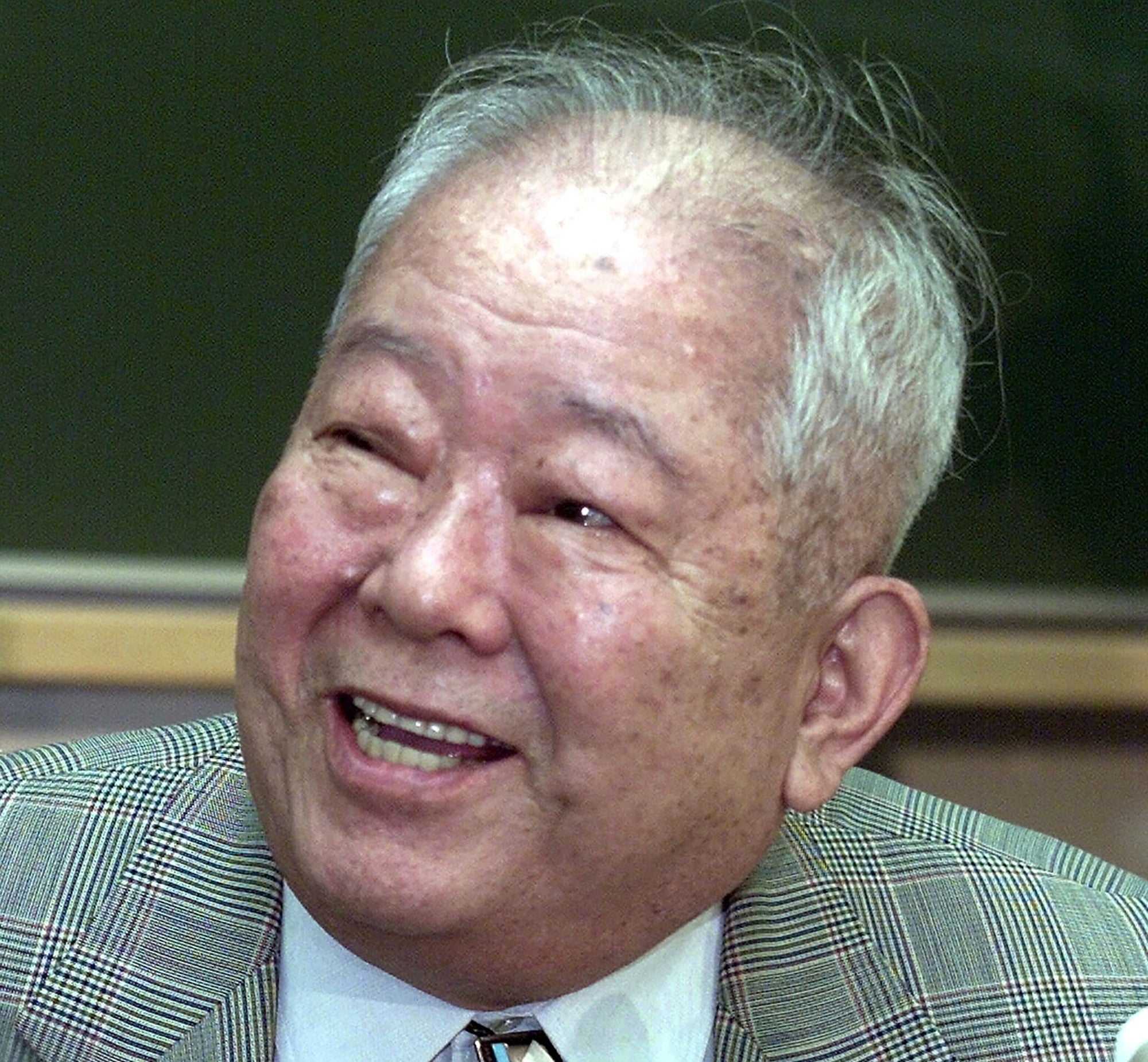Japan Nobel laureate Koshiba who found neutrinos dies at 94
Japanese astrophysicist Masatoshi Koshiba, a co-winner of the 2002 Nobel Prize in physics for confirming the existence of elementary particles called neutrinos, has died at age 94

Your support helps us to tell the story
From reproductive rights to climate change to Big Tech, The Independent is on the ground when the story is developing. Whether it's investigating the financials of Elon Musk's pro-Trump PAC or producing our latest documentary, 'The A Word', which shines a light on the American women fighting for reproductive rights, we know how important it is to parse out the facts from the messaging.
At such a critical moment in US history, we need reporters on the ground. Your donation allows us to keep sending journalists to speak to both sides of the story.
The Independent is trusted by Americans across the entire political spectrum. And unlike many other quality news outlets, we choose not to lock Americans out of our reporting and analysis with paywalls. We believe quality journalism should be available to everyone, paid for by those who can afford it.
Your support makes all the difference.Japanese astrophysicist Masatoshi Koshiba, a co-winner of the 2002 Nobel Prize in physics for confirming the existence of elementary particles called neutrinos has died. He was 94.
Koshiba, a distinguished professor at the University of Tokyo, died at a Tokyo hospital on Thursday, the university announced Friday. It didn't provide a cause of death.
Koshiba devised the construction of giant underground chambers to detect neutrinos elusive particles that stream from the sun.
Neutrinos offer a unique view of the sun’s inner workings because they are produced in its heart by the same process that causes the sun to shine.
He shared the prize with two other scientists — the late Raymond Davis Jr. of the University of Pennsylvania, who also worked on neutrino detectors, and the late Italian-born scientist Riccardo Giacconi, who was cited for X-ray telescopes that provide sharper images of the universe.
Koshiba worked at the Kamiokande neutrino detector, a huge facility built in the mountains in central Japan. He confirmed and extended Davis’ work, and also discovered neutrinos coming from distant supernova explosions, some of the brightest objects in the universe.
Koshiba's contribution led to subsequent discoveries. His student, Takaaki Kajita, won the Nobel Prize in physics in 2015 for research at the Super-Kamiokande facility that found neutrinos have mass.
Koshiba was active in science education for young people, and established a basic science foundation using his Nobel Prize award to provide learning experiences for high school and college students.
A native of Toyohashi in central Japan, Koshiba graduated from the University of Tokyo in 1951 and studied in the United States before returning to Japan in 1958 to pursue his research.
___
Follow Mari Yamaguchi on Twitter at https://www.twitter.com/mariyamaguchi